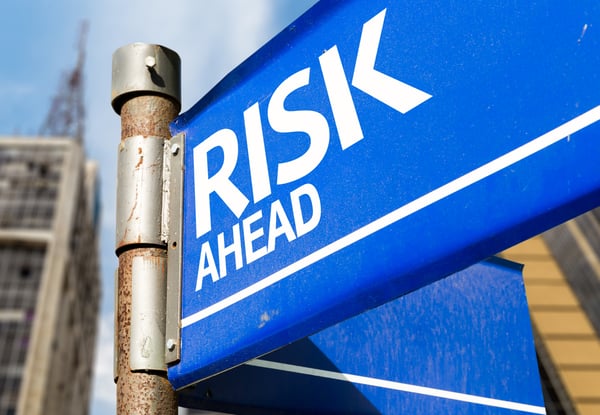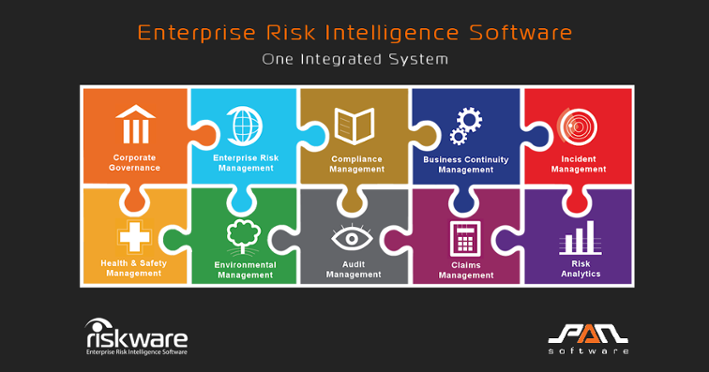When creating an enterprise risk management plan for your organisation, an integral component to your framework will be Key Risk Indicators (KRIs). Key risk indicators measure the potential risk related to a specific action that could negatively affect your company as well as the likeliness of risks occurring. You can think of them as early warning signals that alert your organisation to financial, operational and reputational issues, to name a few, so you can take early action to avoid or mitigate the possible risks. They are typically quantitative, often in the form of percentages, and when detected, serve as an impetus for deciding how to take action.

Not only do KRIs help to proactively manage emerging risks, but they also can inform leadership and management of a company's business risk profile. Additionally, they help your management team track trends in risks to your organisation, which can indicate areas where you need to invest more to protect or improve your company or even areas of opportunity.
It's important to note that KRIs are different from Key Performance Indicators, or KPIs. KPIs are concerned with how well something is being done whereas KRIs are concerned with future detrimental impact. That said, just like key performance indicators, KRIs usually vary across departments and processes.
To give you a real life example, a KRI could be the percentage of incidents where customer personal data is put at risk. This metric could be used to indicate risks surrounding compliance, technology and fraud, for instance, and alert management to the following:
- Not meeting certain policies or processes
- Inadequate technology protection controls
- Not adhering to compliance obligations
As KRIs are so vital to your ERI framework, you want to take the time to design them properly. The following are 3 steps you can take to do so.
1. Identify key business goals
Determining effective KRIs should begin with your organisation's key strategic priorities. This is why the first step towards creating your KRIs should be identifying and outlining your business' key objectives and goals aligned with your overall purpose and strategy. Eventually your KRIs will give you insight into what threats could interfere with your objectives or present opportunities to capitalise on.
2. Identify key risks related to those goals
After mapping out your top organisational objectives, you will want to link each objective to the risks that could impact your success or reduce the likelihood of you reaching your goals. In this step, you should concentrate on high risks.
3. Design KRIs that track the risks and serve as an early warning system
Once you've outlined the critical risks that could negatively affect your objectives, you are in a solid position to create your key risk indicators that will allow you to track those risks and to signal when your business is at risk of not achieving its goals. There are two types of KRIs: lagging and leading/predictive. Lagging KRIs monitor past data to identify changes in risk patterns or trends. These KRIs ensure that the effect of a risk is minimised as soon as possible to prevent further exposure. Leading/predictive KRIs are used to indicate changes in the likelihood of a risk event. They help your organisation take action before threats materialise.
Once your KRIs are in place, they must be monitored regularly. How often you monitor and report on your KRIs depends on what the metrics represent. By consistently tracking your KRIs, you can detect and alert management to trends that may negatively affect organisational objectives. Over time, you'll want to adjust or create new KRIs to accommodate different circumstances and therefore various potential risks.
If you're in need of assistance, risk management software can help you manage and track your KPIs. With RiskWare for example, you can create a library of key risk indicators and assign them to applicable risks to help provide risk owners with unparalleled intelligence, enabling them to understand how internal and external factors are impacting organisational operations simply and effectively.
For more about what to look for in enterprise risk management software, read our latest blog "5 Key Features to Look for in Enterprise Risk Management Software."
To learn more about how RiskWare is making the world a little less risky, visit us at RiskWare.com.au.







Comments